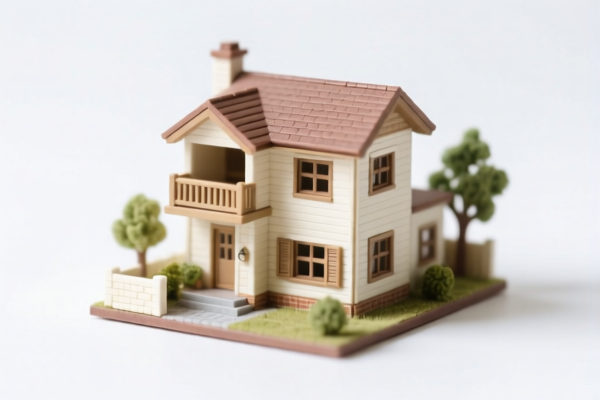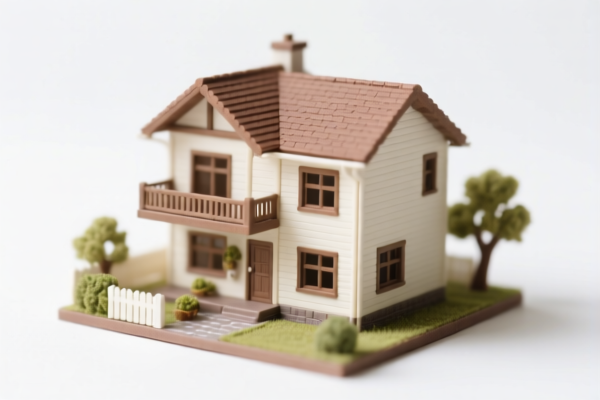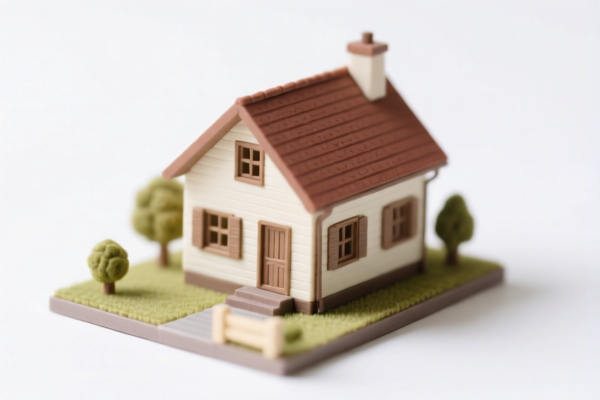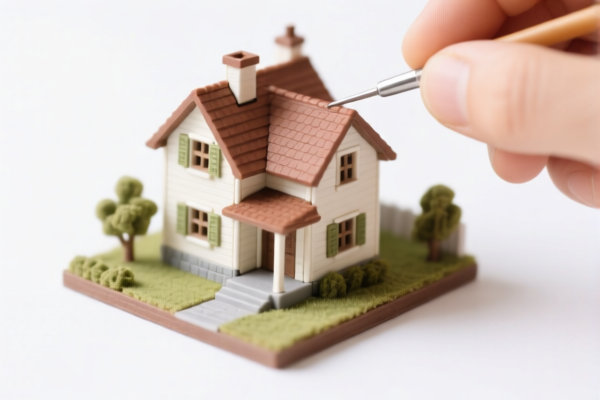| HS Code | Official Doc | Tariff Rate | Origin | Destination | Effective Date |
|---|---|---|---|---|---|
| 9503000090 | Doc | 30.0% | CN | US | 2025-05-12 |
| 9503000071 | Doc | 30.0% | CN | US | 2025-05-12 |
| 9504909080 | Doc | 37.5% | CN | US | 2025-05-12 |
| 7326908688 | Doc | 82.9% | CN | US | 2025-05-12 |




DIY Mini Models
DIY mini models encompass a broad category of scaled-down, self-assembled representations of various objects, scenes, or structures. These models are typically constructed from kits or scratch-built using a range of materials and tools, catering to hobbyists, collectors, and enthusiasts of all ages.
Materials
A diverse array of materials are utilized in the creation of DIY mini models:
- Wood: Balsa wood, plywood, and basswood are common choices due to their ease of cutting and shaping. Often used for architectural models, boats, and furniture.
- Plastic: Polystyrene, acrylic, and resin are frequently employed for detailed models like cars, airplanes, and figures. Injection-molded plastic kits are particularly prevalent.
- Paper & Cardboard: Lightweight and inexpensive, paper and cardboard are ideal for creating buildings, landscapes, and geometric structures. Techniques include origami, papercraft, and layering.
- Metal: Brass, copper, and aluminum are used for intricate details, structural components, and realistic finishes. Etched metal kits offer high precision.
- Resin: Used for casting detailed parts, creating translucent effects, and producing durable models.
- Foam: Polystyrene foam (Styrofoam) and foam board are lightweight and easy to cut, suitable for landscapes, terrain, and larger structures.
Purpose & Function
The primary purpose of DIY mini models is recreational, serving as a stimulating hobby and creative outlet. However, they also have various functional applications:
- Educational: Models can be used to teach concepts in architecture, engineering, history, and design.
- Collecting: Many enthusiasts collect specific types of models, such as vintage cars, historical buildings, or fictional spacecraft.
- Display & Decoration: Finished models serve as decorative items for homes, offices, or showcases.
- Prototyping: Architects and designers may use models to visualize and refine their designs.
- Gaming: Models are used in tabletop wargames, dioramas, and role-playing games.
Usage Scenarios
DIY mini models are assembled and used in a wide variety of settings:
- Home Hobby: Individuals assemble models as a relaxing and rewarding pastime.
- Classroom Projects: Students create models as part of educational assignments.
- Workshops & Clubs: Groups of enthusiasts gather to share techniques and build models together.
- Museum Displays: Models are used to recreate historical scenes or architectural structures.
- Gaming Events: Models are used as terrain and props in tabletop games.
Common Types
- Scale Models: Replicas of real-world objects (cars, airplanes, ships) built to a specific scale (e.g., 1:72, 1:48, 1:24).
- Architectural Models: Representations of buildings and structures, used for visualization and design.
- Railroad Models: Miniature trains and landscapes, often incorporating detailed scenery and structures.
- Dioramas: Three-dimensional scenes depicting historical events, fictional settings, or natural landscapes.
- Papercraft Models: Models constructed from folded and glued paper, often featuring intricate designs.
- Kit Models: Pre-packaged sets containing all the necessary components and instructions for assembly.
- Scratch-Built Models: Models constructed entirely from raw materials, requiring advanced skills and techniques.
- Miniature Furniture: Small-scale replicas of furniture items, used for dollhouses and dioramas.
- Wargaming Terrain: Miniature landscapes and structures used as props in tabletop wargames.
The declared goods, “diy mini model”, fall under several potential classifications based on the provided information. These models are recreational items, potentially including reduced-scale versions and puzzles.
Here are the relevant HS codes:
- 9503000090: This code covers Tricycles, scooters, pedal cars and similar wheeled toys; dollsʼ carriages; dolls, other toys; reduced-scale (“scaleˮ) models and similar recreational models, working or not; puzzles of all kinds; parts and accessories thereof. This is a broad category encompassing many types of toys, including mini models. The total tax rate is 30.0%, with a base tariff of 0.0% and an additional tariff of 0.0%, increasing to 30% after April 2, 2025.
- 9503000071: This code specifically addresses “Childrenʼs productsˮ as defined in 15 U.S.C. § 2052: Other: Labeled or determined by importer as intended for use by persons: Under 3 years of age. If the mini models are intended for children under 3, this code applies. The total tax rate is 30.0%, with a base tariff of 0.0% and an additional tariff of 0.0%, increasing to 30% after April 2, 2025.
- 9504909080: This code covers Video game consoles and machines, table or parlor games, including pinball machines, billiards, special tables for casino games and automatic bowling equipment, amusement machines operated by coins, banknotes, bank cards, tokens or by any other means of payment: Other: Other: Other. While less directly applicable, this could be relevant if the mini model is part of a larger game or amusement machine. The total tax rate is 37.5%, with a base tariff of 0.0% and an additional tariff of 7.5%, increasing to 30% after April 2, 2025.
Important Note: The classification of “diy mini model” depends on its specific characteristics and intended use. If the model is intended for children under 3 years of age, HS code 9503000071 should be used. Otherwise, HS code 9503000090 is the more general and likely appropriate classification.
Customer Reviews
No reviews yet.